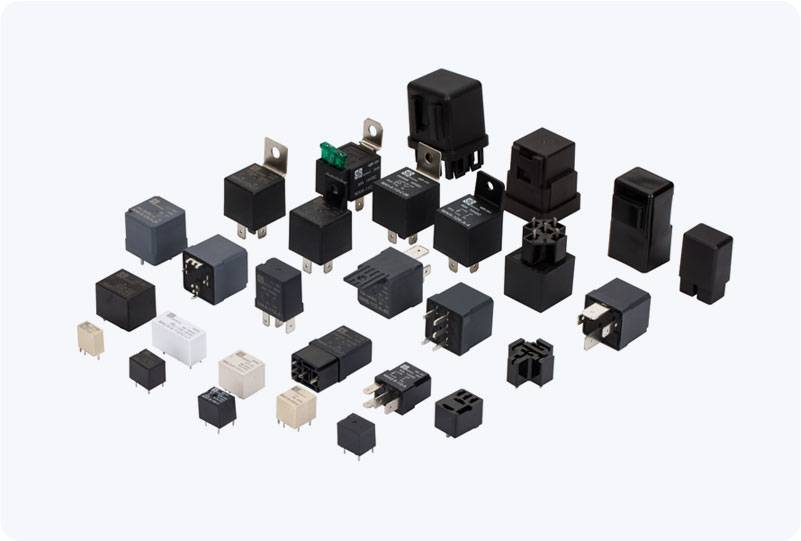Automotive relay coils play a vital role in the functioning of a vehicle’s electrical system. These relays are responsible for controlling various components, such as lights, fuel pumps, and electronic devices, by enabling or disabling electrical circuits based on specific input signals. Understanding the specifications of automotive relay coils is crucial for ensuring the reliable performance and longevity of the electrical systems in vehicles. In this article, we will explore the key specifications of automotive relay coils and their importance in maintaining the efficiency and safety of your vehicle’s electrical network.

1. Coil Voltage The most fundamental specification of an automotive relay coil is the coil voltage. This refers to the voltage required to energize the coil and activate the relay. In most vehicles, the standard operating voltage for relays is 12V, as most automotive electrical systems are designed to run on 12V DC. However, for heavy-duty vehicles or larger commercial vehicles, 24V relay systems may be used. The coil voltage is essential to ensure the relay operates correctly, as supplying too much or too little voltage can lead to malfunction or failure of the relay. It is essential to match the relay’s coil voltage to the vehicle’s electrical system. For instance, if a 12V relay is used in a system that operates on 24V, the relay may burn out due to excessive voltage, leading to potential system failures and safety hazards.